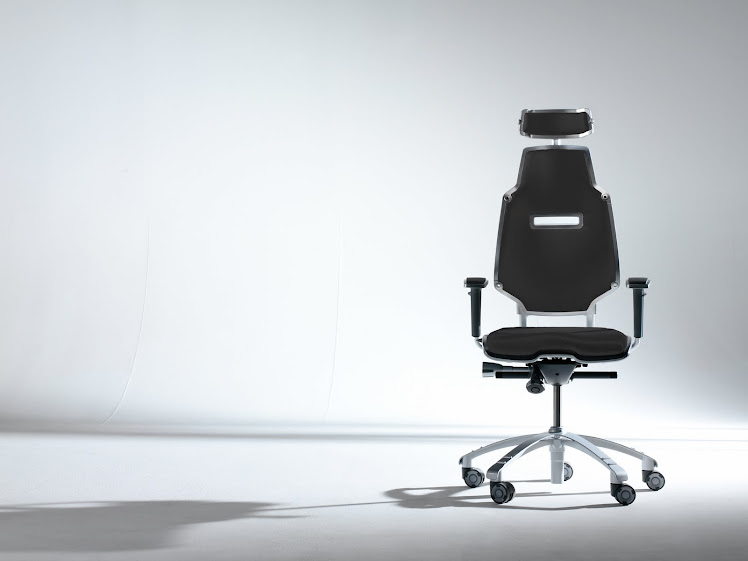Peter Hancock, writing in the January issue of The Ergonomist, writes about the hidden dangers imposed by rapidly advancing automotive technology (noise, vibration suppression, keyless ignition). Noise, vibration, sound, and the mechanical key provides useful information that the car is still on. Removing these cues could result in mode errors:
In previous generations of vehicles, leaving the car ‘on’ as you exit tends also to provide a series of visual, auditory and even tactile kinesthetic cues as to its status. Old-time vehicles tended to make a considerable noise, their exhaust was often visible and the whole vehicle tended to vibrate noticeably while the engine was on. Over the immediate past decades, designers and engineers have sought ways to reduce these sources of disturbance since they were perceived as being perhaps unpleasant.However, these nominally adverse effects contained problematic yet important informational content. Modern vehicles now rarely belch smoke from the exhaust. Efforts have also been very successful at reducing both noise and vibration such that modern vehicles have now indeed become whisper quiet.…It might, initially seem that leaving your engine running is more of an inconvenience than a significant threat. This is simply incorrect. The cases in the United States which have so far accrued from this form of design-induced error have been fatal.…A vehicle ‘running’ in an enclosed space with direct access for the exhaust to the airflow into your house is indeed a deadly trap. Sadly, a number of individuals now appear to have fallen into that trap. This example may be one of these adverse but unintentional design outcomes.
(post image from flickr user IceNineJon)
Similar Posts (auto-generated):
- Keyless Ignition in Emergencies: Do you know what to do?
- Designing Displays for Older Adults: Chapter 3 Hearing (excerpt)
- Facebook and Privacy: A Guest Post by Kelly Caine
- The Tactile Thinkpad: More Laptop Redesign from Lenovo
